condensate can't drain while AC blower is running
dave120
15 years ago
Featured Answer
Comments (12)
ryanhughes
15 years agoRelated Professionals
Champlin Solar Energy Systems · Freeport Solar Energy Systems · Richmond Solar Energy Systems · Laguna Woods Solar Energy Systems · Birmingham Home Automation & Home Media · Kansas City Home Automation & Home Media · Los Alamitos Home Automation & Home Media · Pittsburgh Home Automation & Home Media · Surprise Home Automation & Home Media · Temecula Home Automation & Home Media · Dedham Electricians · Sierra Madre Electricians · Evans Fireplaces · Oak Lawn Fireplaces · Silver Spring Fireplacesgaryg
15 years agozl700
15 years agodave120
15 years agozl700
15 years agodave120
15 years agoryanhughes
15 years agozl700
15 years agobrickeyee
15 years agodave120
15 years agozl700
15 years ago
Related Stories
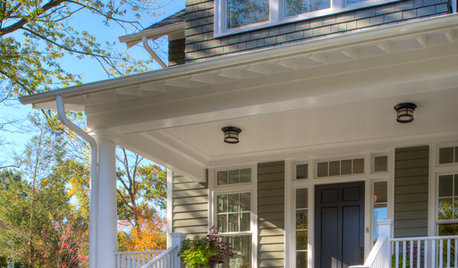
MONTHLY HOME CHECKLISTSOctober Checklist for a Smooth-Running Home
You're due for some winterizing, like clearing rain gutters and stowing swimsuits — but leave time for a fun project
Full Story
MOST POPULAR5 Ways to Hide That Big Air Conditioner in Your Yard
Don’t sweat that boxy A/C unit. Here’s how to place it out of sight and out of mind
Full Story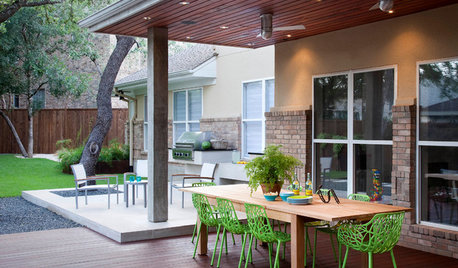
MONTHLY HOME CHECKLISTSYour April Checklist for a Smooth-Running Home
Shake off the winter blues and spring into action to get your home in the spirit of the new season
Full Story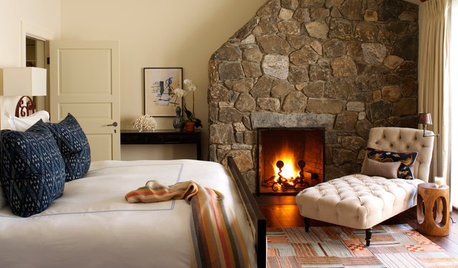
MONTHLY HOME CHECKLISTSSeptember Checklist for a Smooth-Running Home
Get ready to get cozy at home with snuggly blankets, well-stocked firewood, added insulation and more
Full Story
DISASTER PREP & RECOVERYMore Power to You: How to Pick the Right Generator
If your home's electricity goes, don't let it take your necessities with it — keep systems running with this guide to backup power
Full Story
HOME OFFICESQuiet, Please! How to Cut Noise Pollution at Home
Leaf blowers, trucks or noisy neighbors driving you berserk? These sound-reduction strategies can help you hush things up
Full Story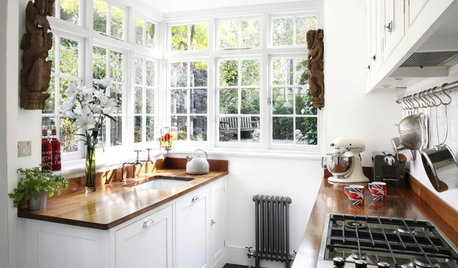
SMALL KITCHENS10 Things You Didn't Think Would Fit in a Small Kitchen
Don't assume you have to do without those windows, that island, a home office space, your prized collections or an eat-in nook
Full Story
LIFE6 Ways to Cool Off Without Air Conditioning
These methods can reduce temperatures in the home and save on energy bills
Full Story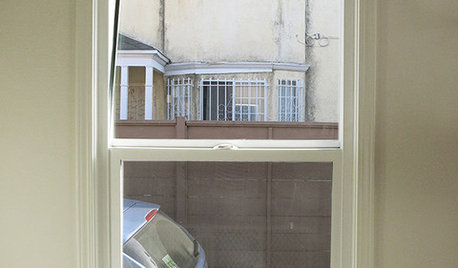
WINDOW TREATMENTS6 Ways to Deal With a Bad View Out the Window
You can come out from behind the closed curtains now. These strategies let in the light while blocking the ugly
Full Story
HEALTHY HOMEWhat to Know About Controlling Dust During Remodeling
You can't eliminate dust during construction, but there are ways to contain and remove as much of it as possible
Full StoryMore Discussions






fluffybunnysui